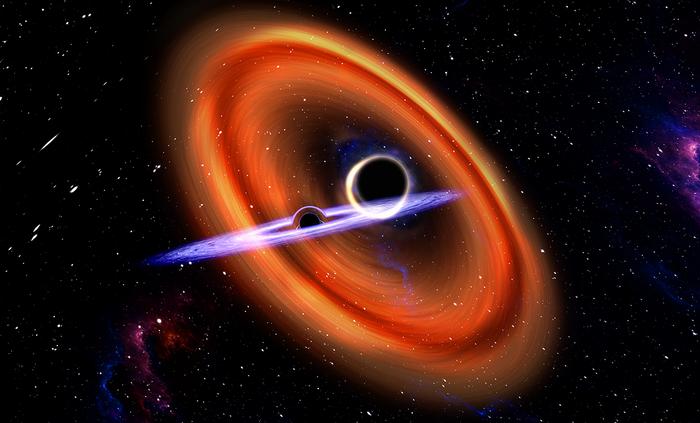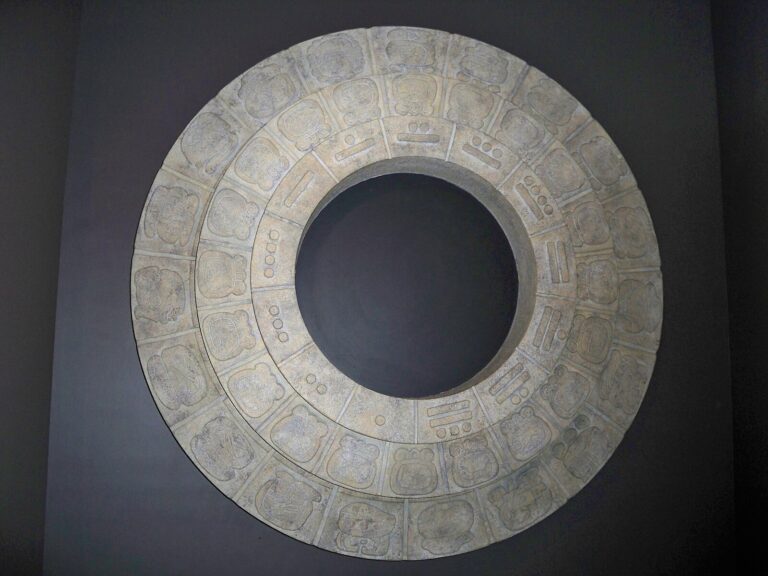Key Takeaways:
Recently, astronomers homed in on a particularly fertile region of the LMC named LHA 120-N 180B — informally known as N180 B. This nebula, which serves as a sort of stellar nursery, is chock full of ionized hydrogen, or H II. By studying such a glowing glob of gas, not only do astronomers gain insight into what’s going on in the area, it also makes for a particularly stunning image, like the one seen above.
According to a press release from the ESO, such jets are typically found bursting from stellar accretion disks, which are chaotically swirling whirlpools of hot gas and dust that surround many young stars. By analyzing the jet, dubbed HH 1177, astronomers recognized that it’s extremely narrow, or collimated, much like a laser beam.
Though such narrow jets have commonly been observed around low-mass baby stars, very few have been found around young, high-mass stars (greater than eight solar masses) — though they have seen them before. However, by finding this rare example of a high-mass infant star shooting a powerful jet from its accretion disk, astronomers have collected yet another piece of evidence that suggests little stars are not the only ones that throw tantrums in their early years.
This video zooms in on the Large Magellanic Cloud to reveal a close-up look of the stellar nursery known as N180 B, where the jet was found. Credit: ESO/Digitized Sky Survey 2/N. Risinger (skysurvey.org). Music: Astral Electronic











